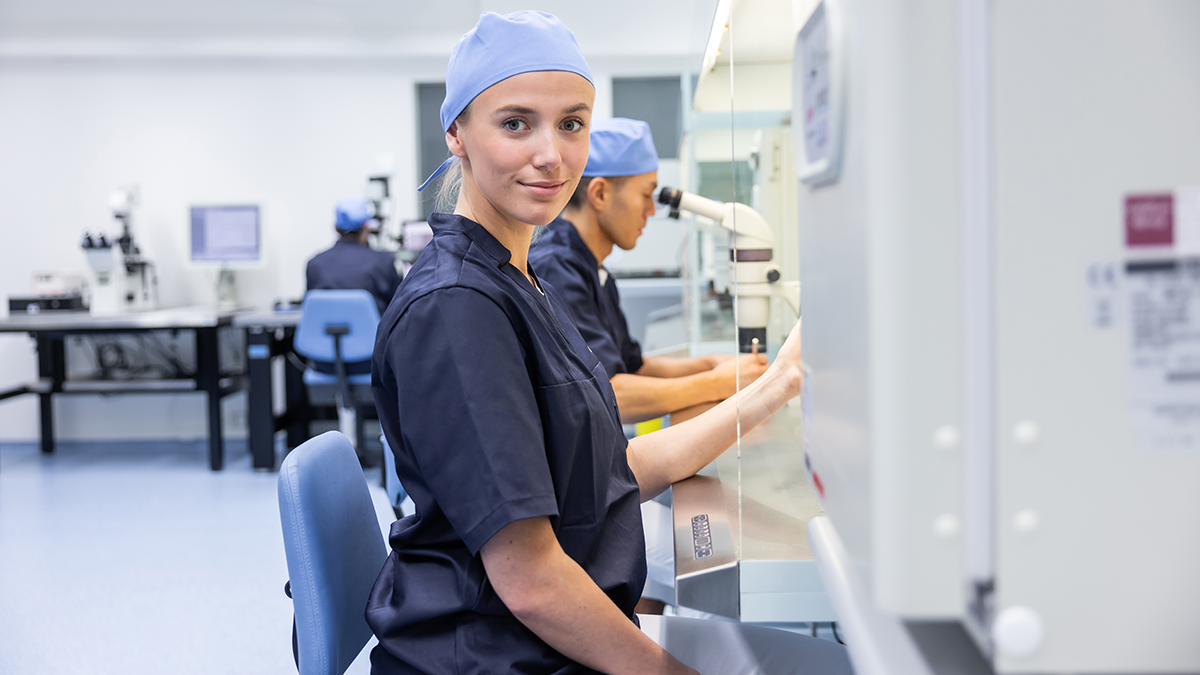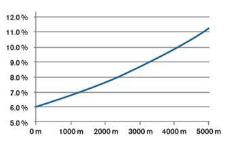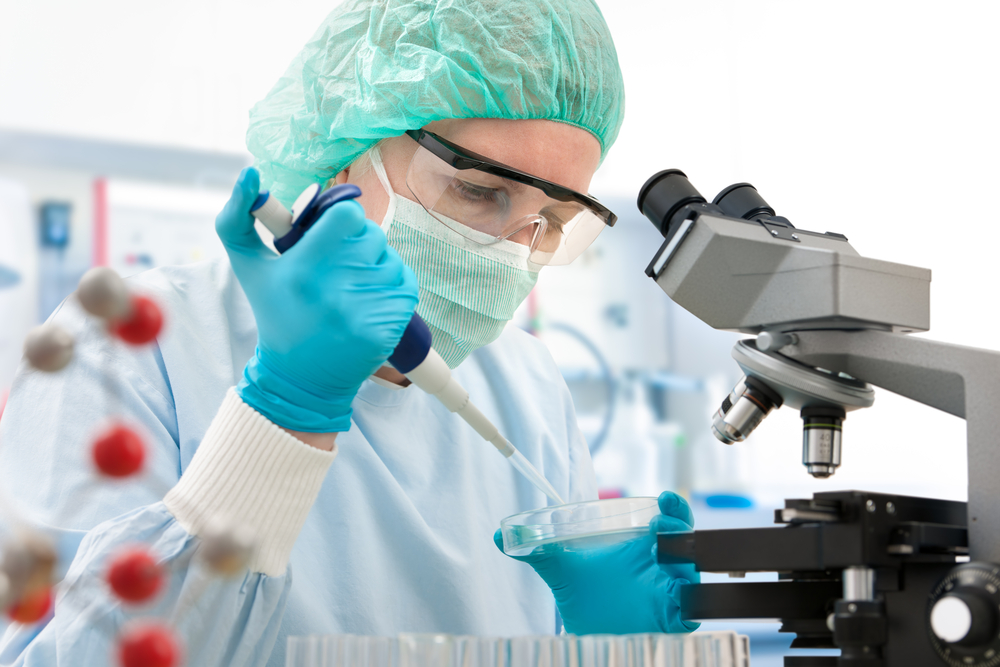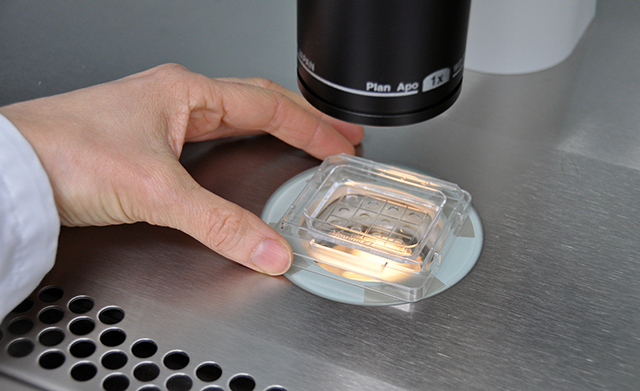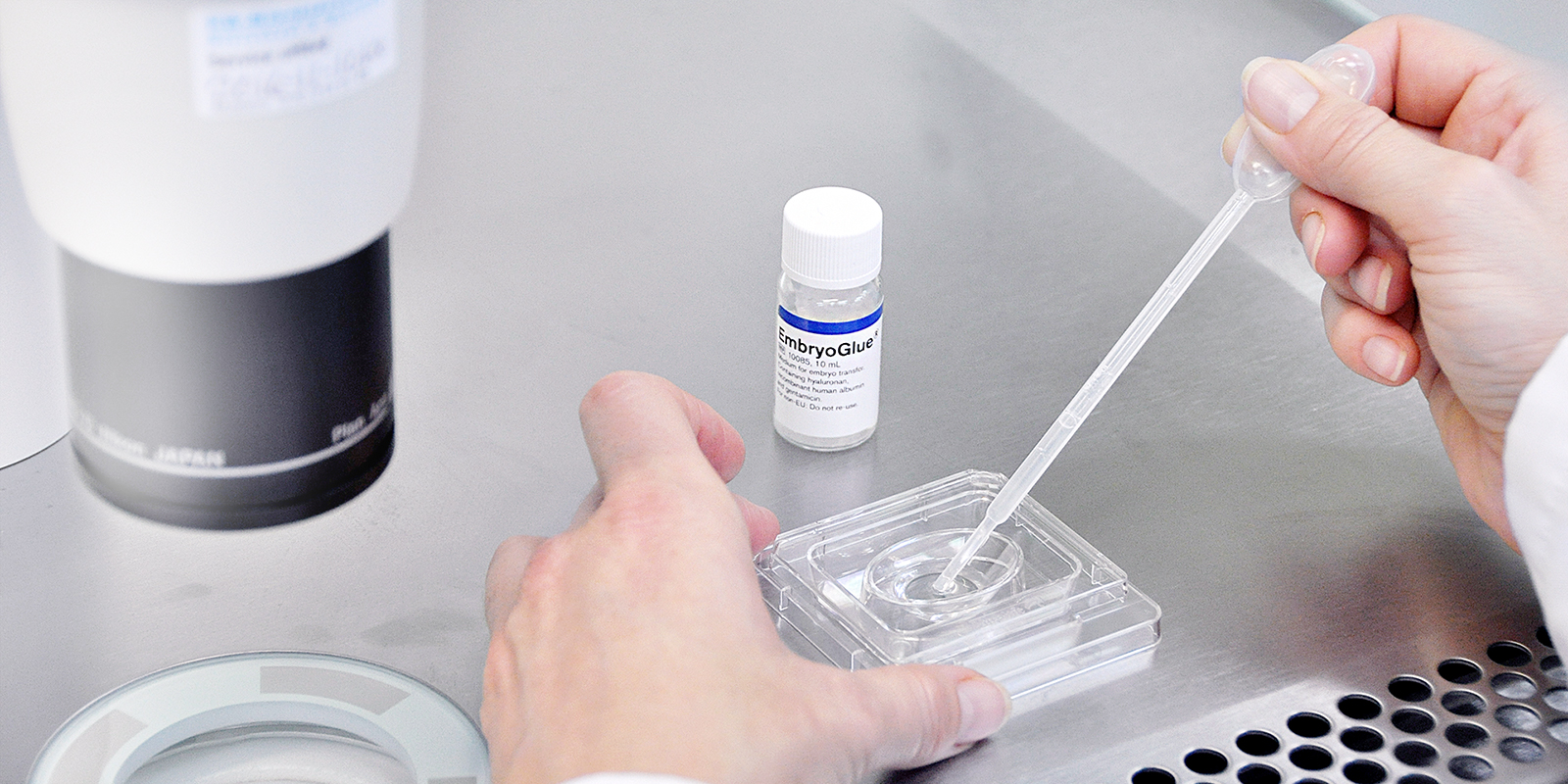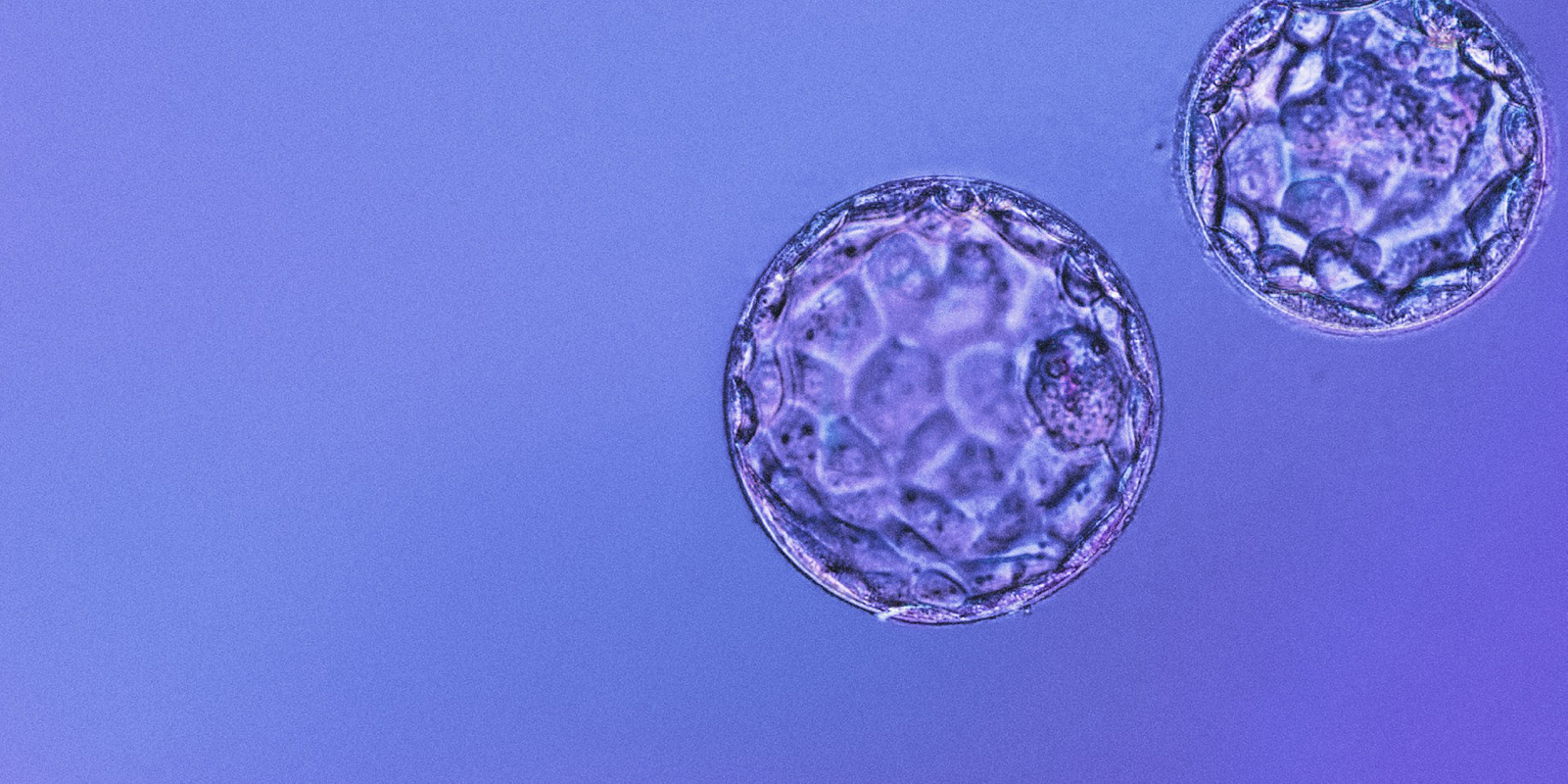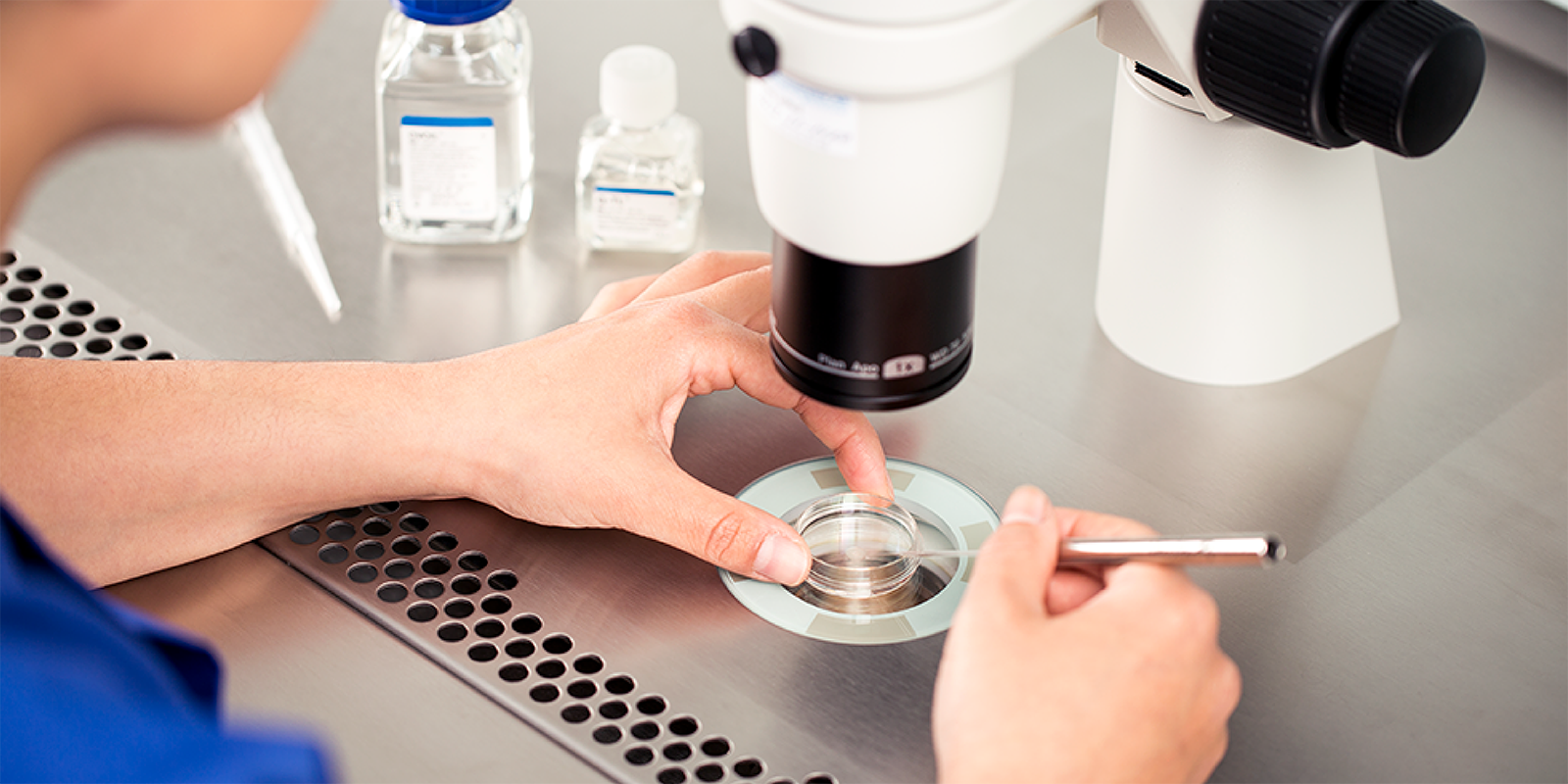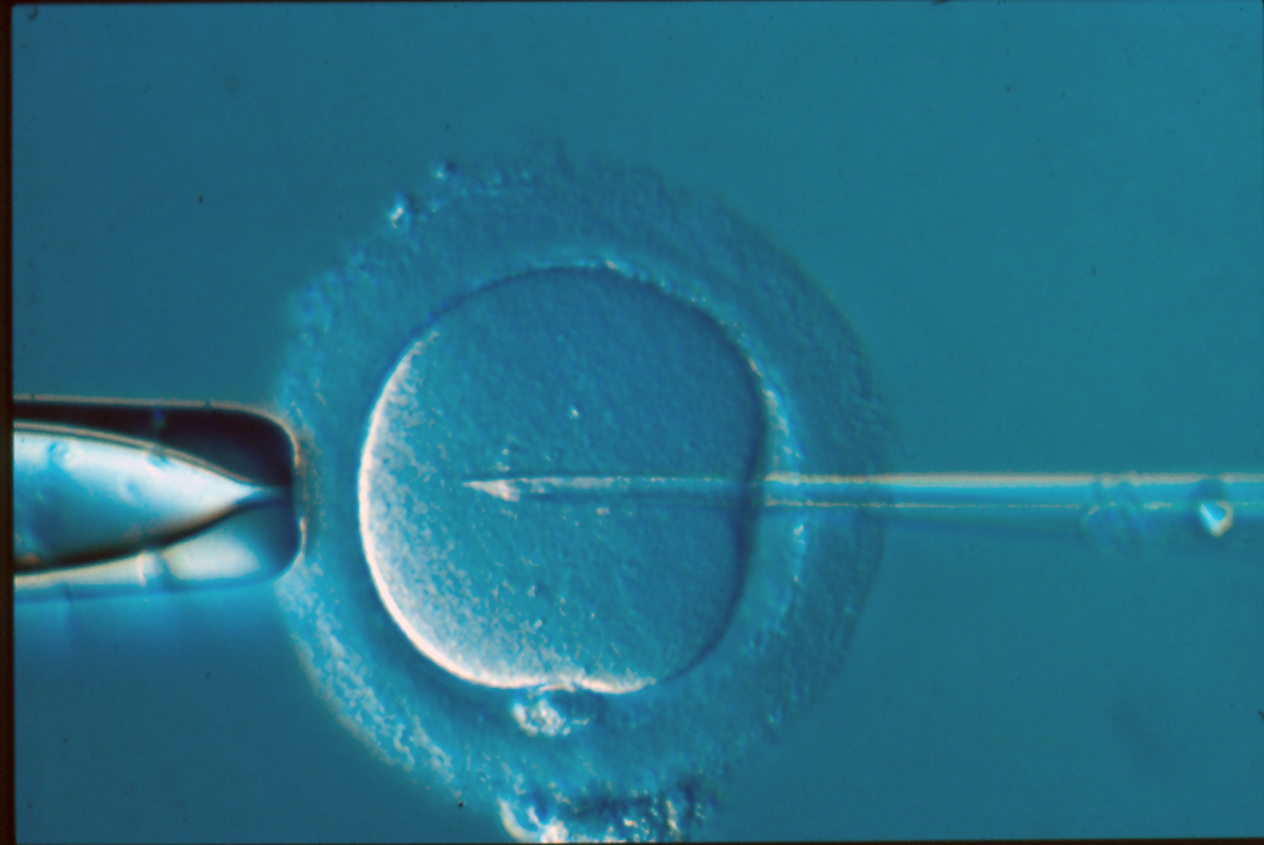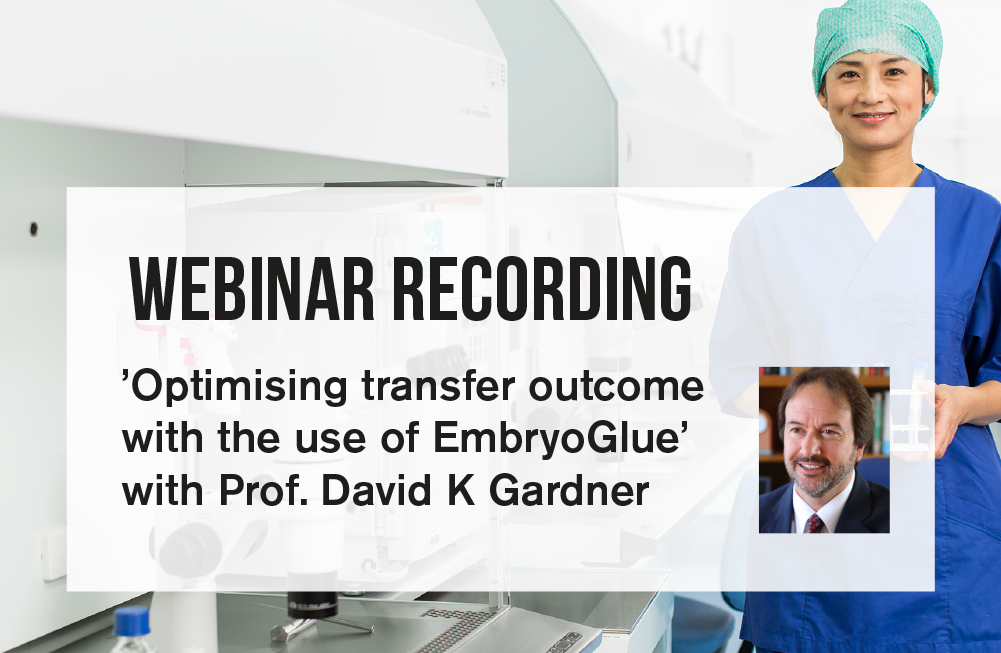EmbryoGlue is the first culture medium specifically formulated for transferring human embryos in a clinical setting, and it has been used in over 1 million fertility treatments since 2003.
Clinical experiences from using EmbryoGlue for patients with Recurrent Implantation Failure (RIF)
By Koji Nakagawa, M.D., Ph.D., May 23, 2023
Antioxidants, long touted in cosmeceuticals for their anti-aging miracles, and in food industries for their health benefits, are now a new dynamic component in IVF media. While it has been demonstrated that the use of individual antioxidants has beneficial effects, their real power is manifest when used in combination, as is seen in vivo as part of an elegant antioxidant system. This blog post outlines the rationale for including antioxidants in IVF media and how the three antioxidants in the Gx Media system were selected and tested in the mouse model.
Controlling pH in embryo culture media is often perceived as difficult by embryologists. Still, to maintain the optimal physiological pH range of 7.20 – 7.40 is essential to maintain oocyte and embryo viability. Many functions in embryo cells such as glycolysis, protein metabolism, cytoskeletal dynamics, cell transport and epigenetic functions are all dependent on pH.
This is an abbreviation of Jason Swain (2019) publication with emphasis on the oil used for medium overlay written by Ann-Helene Jakobsson, Vitrolife.
Perfect oil for IVF should do nothing but protect the culture. It should not have any negative influence on the gametes, embryos or media by adding unwanted or removing necessary components. However not all oils are or act the same. In this blog post I will guide you through different types of oil and things to consider when choosing oil for your IVF culture.
EmbryoGlue as a standard of care
By Dr. Mark Larman, Dec 17, 2020
This blog focuses on EmbryoGlue® as there are now three Cochrane reviews showing improved clinical outcome when using this transfer medium, which contains a functional concentration of hyaluronan. The Number Needed to Treat (number of patients treated with EmbryoGlue to achieve an additional live birth) is reported to be around 17 patients, so perhaps the use of this specifically created transfer medium should not be considered an add-on, but rather a standard of care.
Lactate and Embryos – a new perspective
By Prof. David K Gardner, Oct 1, 2020
What has lactate (aka lactic acid) got to do with embryos? Most people are familiar with this carboxylic acid only in the context of it as the end product of glucose use through glycolysis that builds up in your muscles when you exercise at the gym! Well, it transpires that lactate is actually a key regulator of embryo function, with new roles emerging as our understanding of cell physiology increases. In other words, it is far more important than we originally thought.
Amino Acids and ART
By Prof. David K Gardner, Nov 15, 2019
For most people, amino acids are synonymous with protein and DNA synthesis and their ability to act as substrates for energy production, and relatively little else. Over the past two decades however we have developed a very different appreciation for amino acids and the highly diverse roles they play in regulating embryo physiology. Here their functions (beyond body building!) are considered, and how their supplementation to embryo culture media has contributed significantly to the increase in IVF success rates worldwide.
The road to successful ICSI
By Hubert Joris, Sep 24, 2019
Different assisted fertilisation methods were developed and implemented in the field of IVF during 1980-1990. Out of these methods, intracytoplasmic sperm injection (ICSI) is the most successful method developed1 and is considered to be one of the major breakthroughs in this field since the birth of Louise Brown in 1978. While assisted fertilisation techniques, including ICSI, were introduced to overcome fertilisation failure in cases of severe male infertility, ICSI is today used in > 60 % of all IVF cycles globally.2
ICSI has frequently been described as 'an accident' in the lab. For me, being part of the development of the ICSI technique, I would rather describe ICSI as an inevitable consequence of the procedure used to perform subzonal insemination. The aim of this blog is, however, not to cover the history of ICSI but rather to focus on aspects that support successful ICSI in the IVF laboratory.
Optimising transfer outcome with the use of EmbryoGlue [webinar recording]
By Vitrolife, Jul 4, 2019
It has been 20 years since Prof. Gardner’s team first published on the effects of hyaluronan (also known as hyaluronic acid) on preimplantation embryo culture and transfer, and so this is a poignant time to reflect on the role of this remarkable macromolecule in assisted reproduction.

